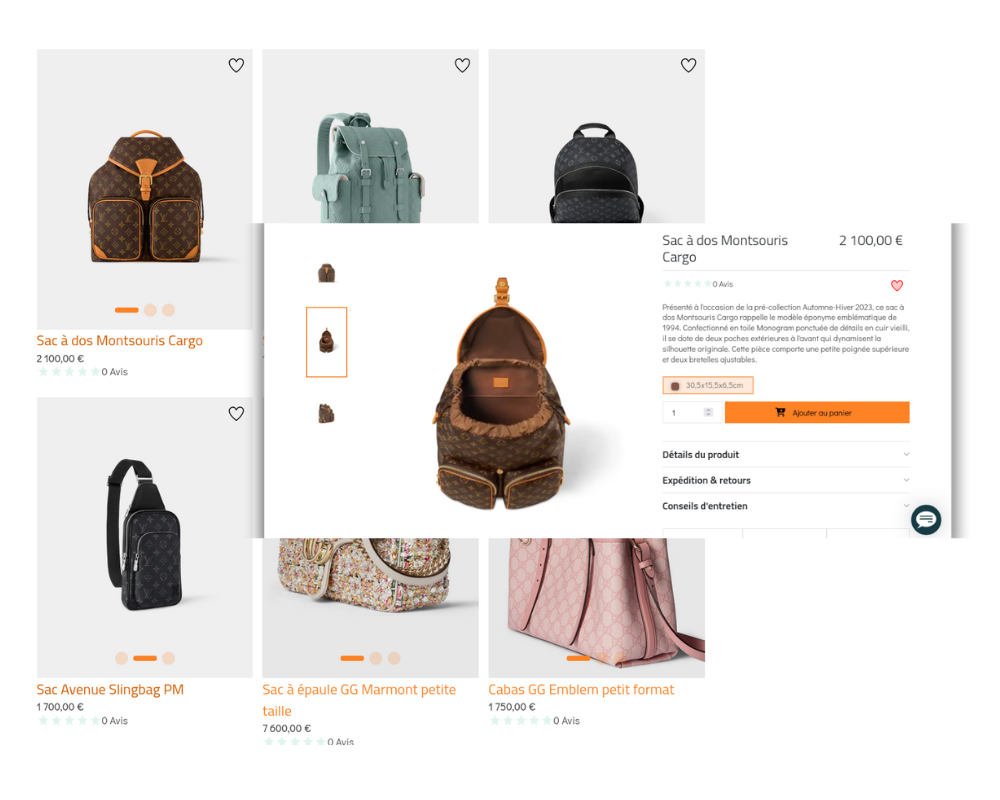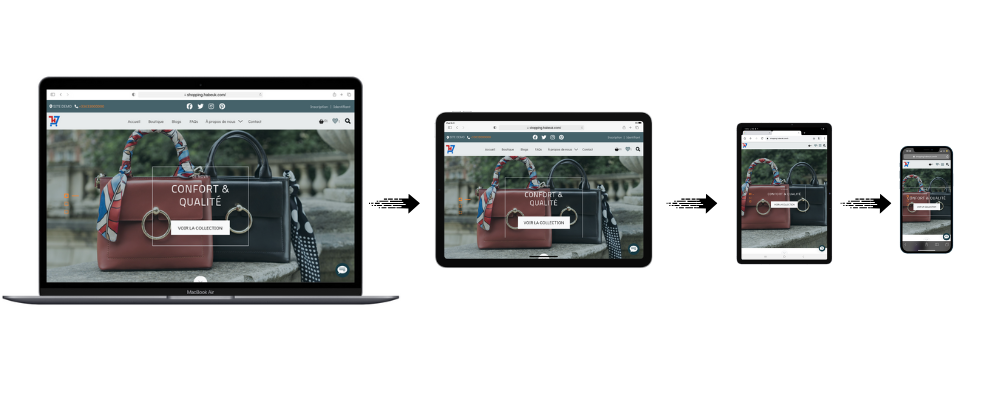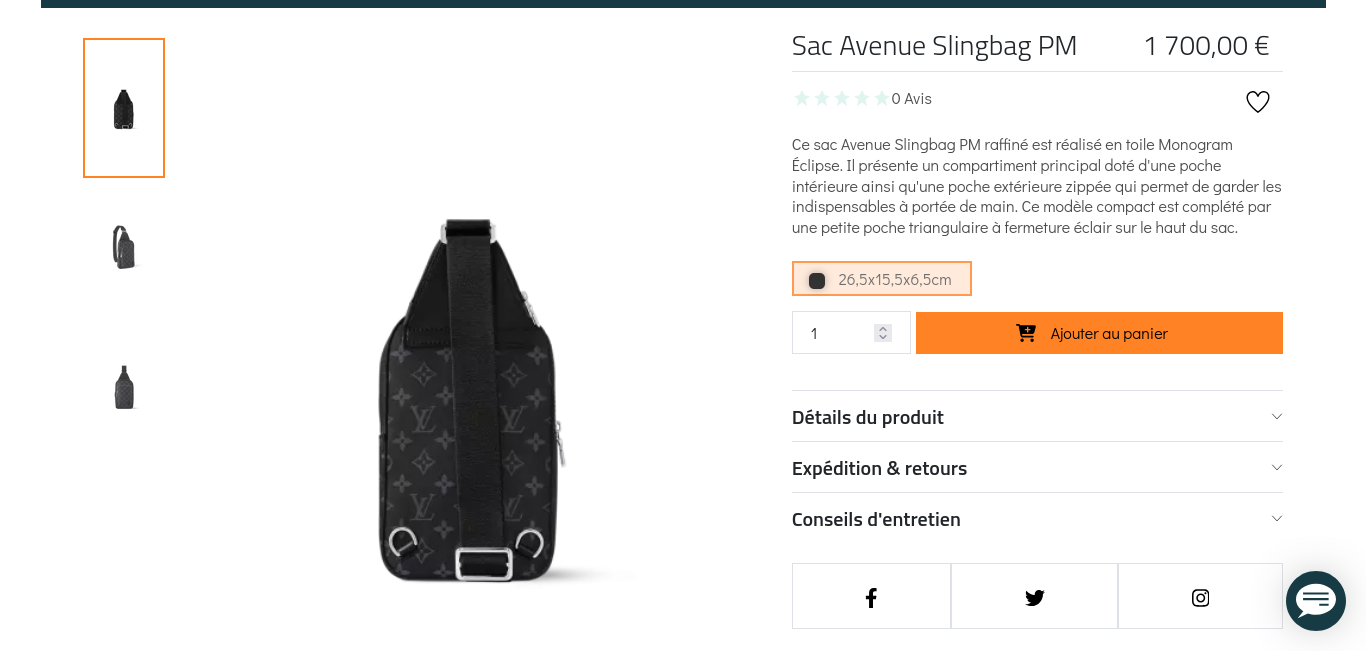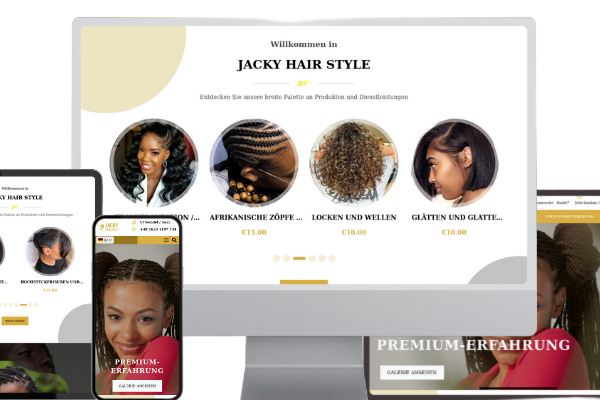E-commerce has become an essential pillar of the digital economy. Whether selling physical products, services, or digital content, having a well-designed e-commerce site is now a strategic necessity
But what really makes the difference between a store that attracts and converts customers and one that struggles to take off?
1. User experience above all else
A successful e-commerce site relies on smooth navigation, clear product presentation, and a simplified purchasing process. The goal is to reduce friction and guide the user toward conversion, effortlessly.

2. Mobile adaptation: a must
With more than 70% of online purchases made on smartphones, a website must be designed for mobile devices from the outset. This means responsive design, accessible buttons, and a checkout process optimized for small screens.

3. Your homepage has 5 seconds to convince visitors
The underlying problem :
The human brain takes less than 50 milliseconds to form an initial opinion. With the current saturation of web content, your homepage must immediately answer the question: “Why should I stay here?”
A. Immediate added value:
Concrete example: “Free shipping on orders over $49” placed at the top of the page.
Technique: Use the inverted pyramid—put the main benefit first.
Bonus: Add a trust indicator (“+10,000 satisfied customers”).
B. The header that converts:
Bad example -- Welcome to our store
Good example :
C. Spring cleaning:
Remove automatic sliders (they reduce conversion by 1%)
Eliminate intrusive pop-ups in the first few seconds
- Simplify the menu: maximum 5-6 main categories
4. Stop selling products, sell solutions
The underlying psychology:
Customers don't buy a drill, they buy holes. They don't buy cream, they buy younger-looking skin.
Transforming descriptions:
Before → After:
“Memory foam mattress” → “Wake up without back pain”
- “Laptop with 16GB RAM” → “Work without lag, even with 20 tabs open”
“Programmable coffee maker” → “Your coffee ready when you wake up, every morning”
Optimal product listing structure:
The emotional benefit (How you will feel)
The concrete solution (How the product achieves this)
Technical specifications (The details)
5. Your mobile site must be twice as fast as your competitor's
The real impact of speed:
- 1-3 seconds loading time: Bounce rate increases by 32%
1-5 seconds: Conversion probability decreases by 4.5% per second
Over 6 seconds: Almost systematic abandonment
Concrete technical optimizations:
A. Intelligent image compression:
Use WebP instead of JPEG (30% lighter)
Implement lazy loading
- Resize images according to the screen
B. Strategic caching:
Browser cache: 1 year for static assets
- CDN cache for dynamic content
Database cache for repetitive queries
C. Mobile-first optimization:
Disable non-essential custom fonts
Delay loading third-party scripts
- Use Critical CSS for visible content
6. Are your product photos misleading?
The psychology of visual trust:
Customers want to be able to “touch” the product through the screen. Any uncertainty leads to abandonment.
Professional photo checklist:
A. Essential angles:
Front with good lighting
- Back with all information
Left/right side
Detail of material/texture
Size scale (hand, reference object)

B. Videos that convert:
- 30 seconds maximum
Show the product in action
Filmed with a stable smartphone
Sound optional, subtitles recommended
C. The immersive gallery:
360° zoom if possible
Photos in real-life situations
Photos in real-life situations
- Before/after if relevant
Packaging and box contents
7. Google is your first sales employee—pay them in SEO.
The invisible budget of SEO:
An SEO click costs $0, compared to $0.50–$5 in SEA.
E-commerce SEO strategy:
A. Product title optimization:
Bad: “Running shoes”
- Good: “Adidas Ultraboost Men's Running Shoes - 20% off”
Structure: Brand + Product + Attributes + Benefit
B. Smart content marketing:
Blog: “How to choose your running shoes?”
Guide: “Size chart - The ultimate guide”
Detailed FAQ: “Which sole for which type of foot?”
C. Advanced rich snippets:
Ratings and reviews
Running Shoes
Rating: 4.8/5 based on 125 reviews

8.Your customers are afraid—actively reassure them.
Buyers' unspoken fears:
- “Will I receive the right product?”
“Can I get a refund?”
“Is my data secure?”
“Will the product meet my expectations?”
Trust elements to implement:
A. The security barrier:
SSL badge visible in the header
- Payment method logos (credit card, PayPal, etc.)
“100% secure payment” notices near the order button
B. Social proof provided:
Verified reviews with real customer photos
Real-time sales counter (“15 sold today”)
Video testimonials where possible
C. Reassuring support:
Live chat during business hours
Visible phone number
Average response time displayed (“Response within 2 hours”)
9. Turn your visitors into unwitting ambassadors
The psychology of recommendation:
Only 1 in 10 customers leave a spontaneous review. The others need a little motivation.
Review collection sequence:
Email on day 7:
Text
Subject: 1 minute to help the community?
Content:
"Dear [First name],
You've been using [Product] for a few days now.
Your experience can help others who are still undecided.
➡️ Leave a review in 1 minute and receive a gift!
[Leave a review button]"
Reward system:
10% off your next order
Early access to sales
Exclusive content (guide, tutorial)
Reuse of reviews:
- Integration into product listings
Quotes in marketing emails
Instagram stories with customer photos
10. Create urgency without resorting to clearance sales
The psychology of scarcity:
Fear of missing out (FOMO) is three times more powerful than simple promotions as a driver of purchases.
Elegant urgency techniques:
A. Smart limited stock:
“Only 3 left in stock” (when stock < 5)
“Highly sought-after item” (if more than 50 views/day)
“Restocking in 2 weeks” (for popular products)
B. Time urgency:
“Delivery before Christmas guaranteed if ordered within 4 hours”
“Welcome offer valid for 48 hours”
“Live shopping session tonight at 8 p.m.”
C. Urgent social proof:
“12 people are viewing this item”
“5 additions to cart in the last hour”
Real-time sales counter
Each of these points deserves careful implementation and A/B testing. Start with the elements that require the least effort for the most impact (such as optimizing abandoned emails), then move on to more technical optimization
Need some practical help? Our e-commerce template already incorporates many of these best practices: https://shopping.habeuk.com More information here





